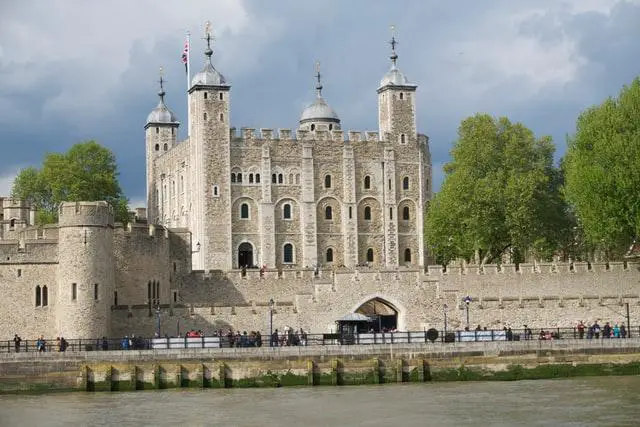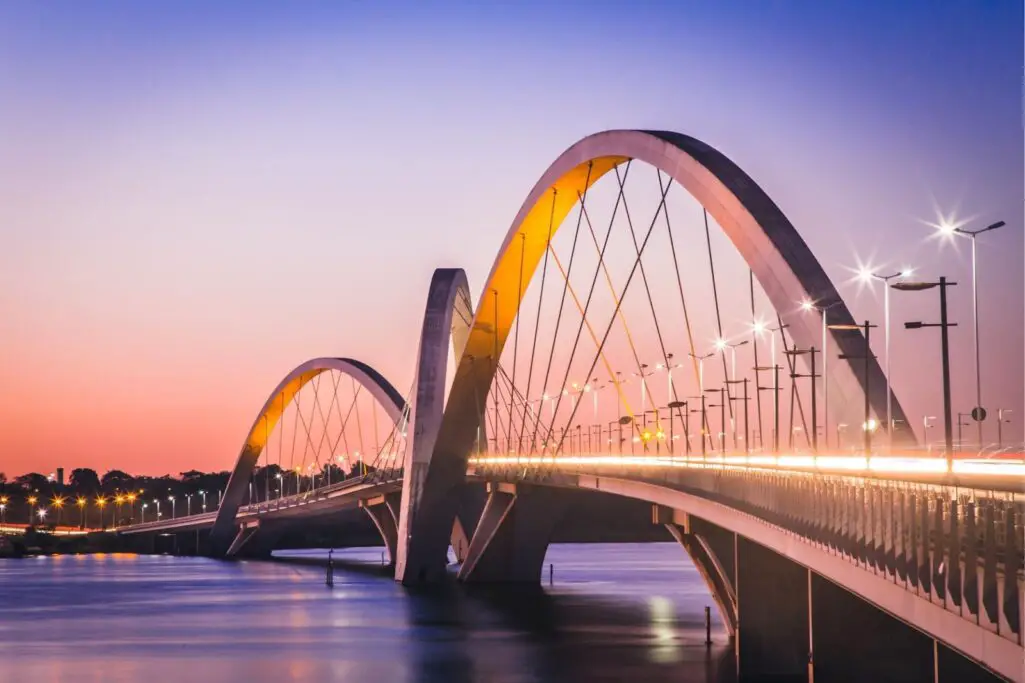What do you think a marvel is? Does it leave you wondering, “How did they accomplish that?” For me, a marvel is something exceptional that is linked with astonishment. Superlatives like “the tallest,” “the biggest,” “the longest,” “the oldest,” “the highest,” and so on are frequently used to describe wonders.
The Great Barrier Reef, Mount Everest, Victoria Falls, and the Aurora Borealis are just a few examples of the remarkable wonders of nature.
But what about those incredible modern man-made wonders that can make anyone scream in wonder?
Do you ever consider modern society’s most incredible engineering feats? If so, you might find this blog post interesting. This article is about the top ten engineering wonders that have been accomplished.
Engineering wonders, such as bridges, tunnels, or railways that connect cities and even countries, a spacecraft that sends man to the moon, or a skyscraper built to withstand an earthquake, all have one thing in common. They are made to solve a problem and to make life easier for humankind.
As technology advances and man gets more creative and competitive, the list of engineering wonders will keep growing.
The Eiffel Tower

An engineering marvel that has been in place for more than a century is the Eiffel Tower. It is made up of several stages connected by walkways. It is said that 10,000 employees worked on the 550-foot-tall tower for eight years to complete it.
The advancements in technology at the time allowed engineers to build the Eiffel Tower. They were able to create a structure that was both sturdy and elegant by utilizing previously unutilized steel and iron.
The Eiffel Tower serves as a constant reminder of the incredible technical accomplishments that are now feasible. It will continue to be a marvel for many generations to come, which is a monument to the skill of the engineers who built it.
Space Station
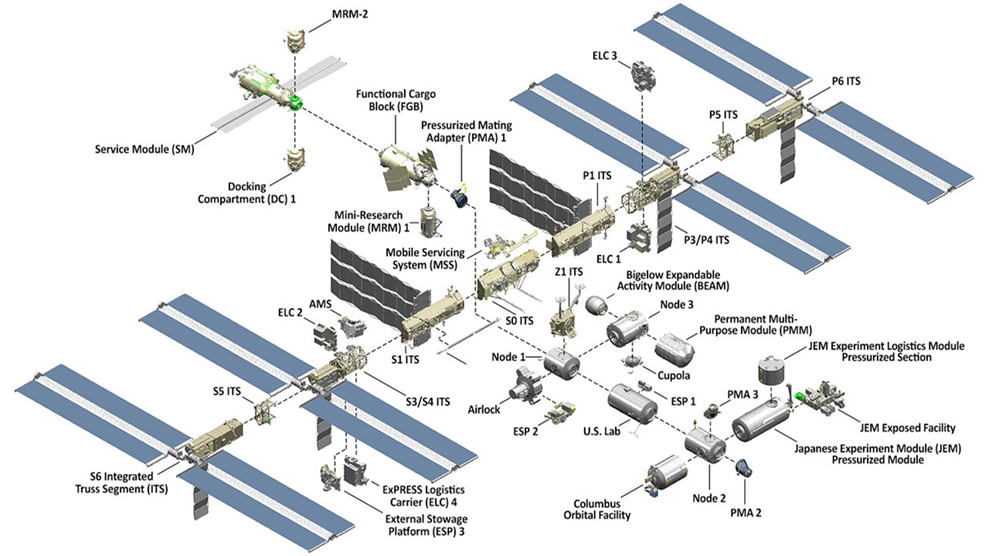
The International Space Station (ISS) experiments may not be the fascinating aspect of it, but rather its amazing engineering accomplishments. After prior space stations had different degrees of success, several nations joined forces to construct the ISS using new technology that allowed it to be erected and upgraded in space.
The space station is a platform in orbit made up of many modules joined by bridges. The equipment required to keep humans alive in space is kept inside the modules. The space station contains a number of research laboratories as well.
The assistance of people in space exploration is one of the space station’s most significant functions. It has housed missions to Mars and Saturn, and it is also supporting research into Jupiter and its moons.
The space station is an amazing accomplishment that showcases humankind’s extraordinary engineering prowess. It will undoubtedly have an effect on our lives in the next years and continue to alter how we perceive spaceflight.
Palm Islands (Dubai)
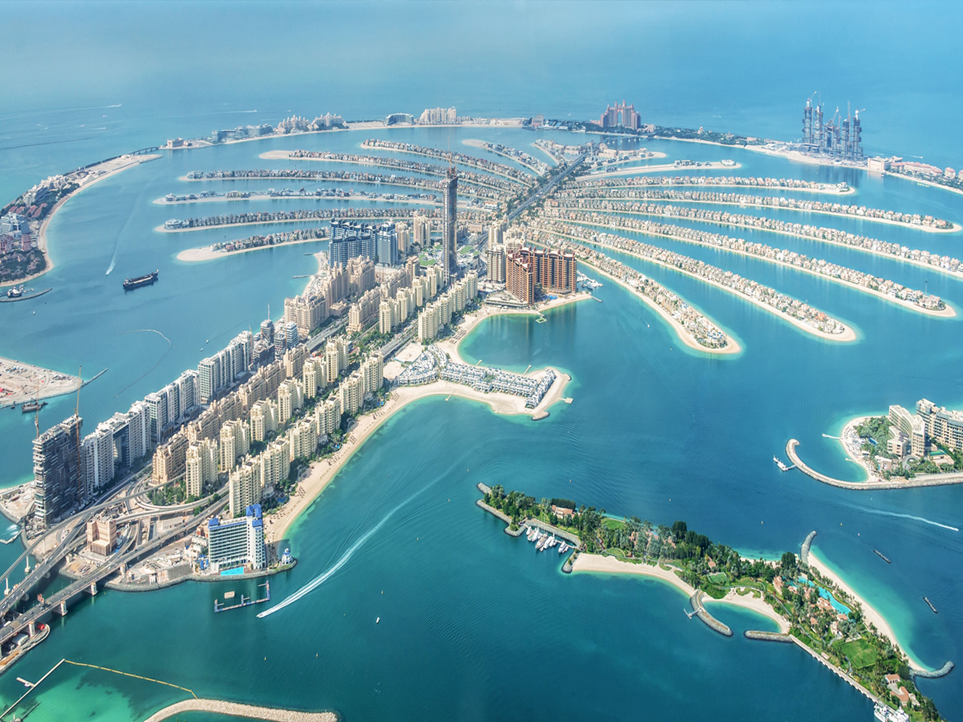
The Palm Islands are the world’s largest artificial islands. The United Arab Emirates places a high priority on mass tourism, and the Palm Islands are already playing a key role as a haven for affluent travelers.
The 5.5 km long island was intended to house a large number of beaches, hotels, and shopping centers. The project’s scope necessitated enlisting the services of some of the world’s top engineers.
How to build a large enough breakwater to shield the reclaimed island from the sea was their first challenge. This will ultimately necessitate the use of 5.5 million cubic meters of rock (enough to create roughly two pyramids) in addition to the 94 million cubic meters of sand required for the island’s construction.
Since desert sand has a considerably finer texture than sea sand and is therefore inappropriate for the project, it was actually much tougher to find this sand than one may think. In order to aid improve density, enormous amounts of sand were excavated from the ocean floor and placed there after being Vibro-compacted.
This stabilization process required the employment of 15 specialized machines over the course of 8 months.
It extends Dubai’s shoreline by 78 kilometers and now has more than 120,000 residents of different nationalities living there. The Palm Islands routinely draw up to 20,000 people per day thanks to the abundance of restaurants, shopping malls, and other attractions. It is among the largest and most ambitious engineering marvels of all time, in our opinion.
Channel Tunnel, UK
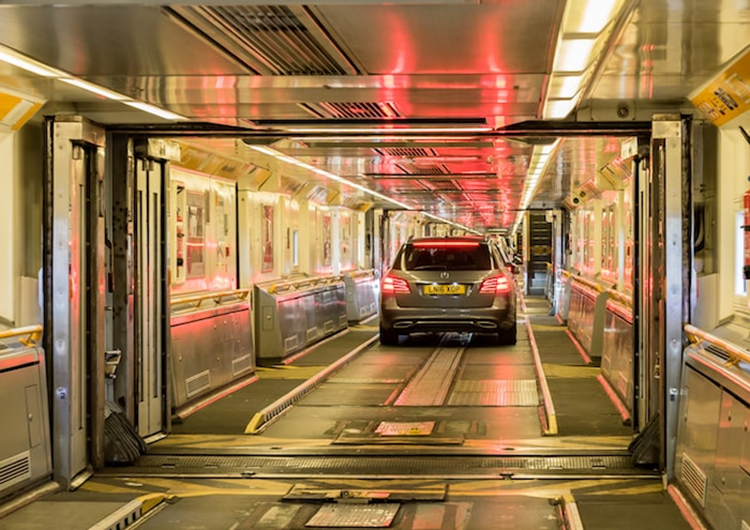
The Channel Tunnel, also known as the Chunnel, is an amazing illustration of how significant technical infrastructure projects can unite people from different countries while also opening up significant opportunities for long-term economic growth.
French engineer Albert Mathieu Favier first proposed an underwater route connecting Britain and France in 1802. Favier pictured twin tunnels with chimneys rising above the sea to provide ventilation. Horse-drawn carriages might have travelled through these tunnels because of their size.
There are three tunnels in it. Trains travel through two of the operating tunnels, with the middle tunnel serving as a backup. The “running tunnels” have a diameter of 24 feet, which is almost as tall as a three-story building.
Passengers are transported from England to France via the northern running tunnel and from France to England via the southern running tunnel.
The Chunnel was referred to by the American Society for Civil Engineers (ASCE) as “a living, intelligent structure. Huge pistons open and close ducts, relieving the pressure that builds ahead of the train’s noses.
Upon the tunnel’s opening in 1994, ASCE named the Channel Tunnel one of the Seven Wonders of the Modern World. The Chunnel indeed proved itself as a major boon for Britain, accounting for the creation of 220,000 jobs, $120 billion of total trade value between Britain and Europe in 2014 alone, and the crossing of at least 21 million passengers each year.
The Large Hadron Collider

The largest and most potent particle-energy accelerator in the world, the Large Hadron Collider (LHC), has had a significant impact on modern physics. It is concealed underground in a 17-mile-long tube that is 574 feet deep. The European Organization for Nuclear Research (CERN) created this project, which was finished in 2008.
The LHC was built primarily to provide answers to many fundamental questions about physics and the universe as well as to enhance other technologies, including electronics and medical imaging, among many others.
Since the LHC has been running for more than ten years, no information regarding the Higgs Boson has been discovered. But it has already found other incredible engineering marvels from the modern era. These consist of:
- The LHC has contributed to a breakthrough in our understanding of the universe’s beginnings.
- New types of energy and their behaviors have been uncovered with the aid of the LHC.
- New patterns in space-time discovered by the LHC may shed light on how our universe formed and developed.
The Millau Viaduct
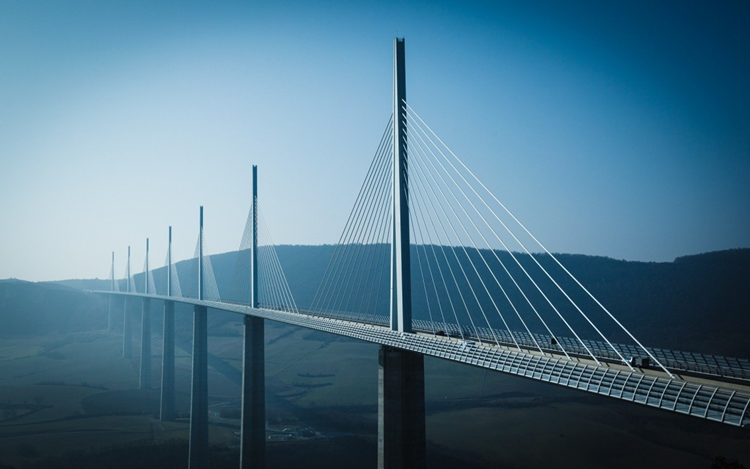
The Millau Viaduct is renowned for being the tallest bridge in the world, at 343 meters above the ground. It is regarded as being one of the greatest engineering feats and for having a design that, at the time of its conception, was thought to be impossible to build.
The 394 million euro Millau Viaduct was built in around three years and was designed by Michel Virlogeux and Norman Foster.
The opening of the Millau Viaduct in 2004 attracted more media attention than any other high bridge in history. The viaduct, which has a pier and tower that soar 1,100 feet above the ground, is the tallest bridge structure in the world. It is made up of 8 successive cable-stayed spans that together measure 8,100 feet (2460 m).
It is also the highest cable-stayed bridge in the world, with a highway 909 feet over the Tarn River. The bridge has rightfully been described as beautiful, breathtaking, spectacular, and awe-inspiring.
Located near the southern end of France, the bridge was the last major connection on the A75 motorway, a 4-lane highway that has been under construction in one form or another since 1975. Several routes were proposed that would have put the Tarn River crossing either east or west of the small town of Millau.
Lilypad, The Floating Green Eco-City
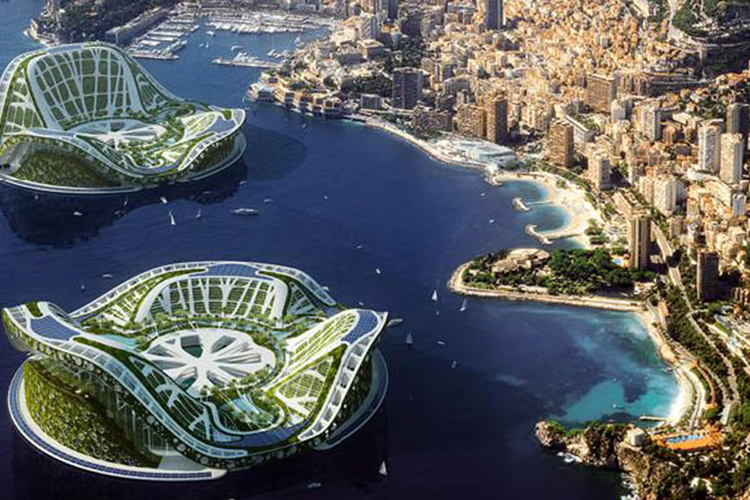
There aren’t many options for urban planning that deal with housing the incoming tide of displaced people that could occur as oceans expanded due to global warming.
There are undoubtedly none more amazing than this one. An entirely self-sufficient floating metropolis designed to house future refugees from climate change is called The Lilypad by Vincent Callebaut. The concept’s intention is admirable in and of itself, but Callebaut’s incredible design has really caught our attention.
One of the largest and most magnificent green wonders ever constructed, this floating green eco-city has a truly fantastic concept. As said above, the concept behind this project is to construct several floating eco-city islands as a destination for relocation following the climate change calamities.
Up to 50,000 people might live in a Lilypad, which is an entirely self-sufficient floating city that would also support a lot of biodiversities.
In order to produce more energy than it consumes, the floating metropolis would also have access to all available renewable energy technologies, including solar, thermal, wind, tidal, and biomass. The location of this might be close to land, or it could be freed to go wherever the ocean currents take it.
An artificial lagoon and three ridges produce a mixed terrain man-made landscape that gives the people a variety of environments. Depending on where the gulf stream takes it, each Lilypad is meant to be either close to a coast or floating around in the ocean as it travels from the equator to the northern seas.
National Stadium, a.k.a. “Bird’s Nest” (Beijing, China)

The Bird’s Nest, or Beijing National Stadium in Beijing, China, maybe the most distinctive modern building in all of China.
This unusual structure, which has seats for up to 91,000 people, is shaped like a steel-built bird’s nest (thus the name). The stadium’s design, by Swiss architects and a Chinese artist, cost $428 million to finish.
Chinese mythology and symbols are included in the complex design. The stadium, which is made up of two separate frames that are spaced 50 feet apart and comprise almost 26 miles of unwrapped steel, has an inner concrete red bowl for seating and an outside steel frame that weighs 42,000 tonnes.
Initially, a retractable roof was planned. Later, for both financial and seismic compliance purposes, that was dropped from the blueprints so the building could more easily meet seismic requirements.
One of the world’s most eco-friendly and energy-efficient stadiums is this latest marvel of engineering. The stadium’s interior is heated by subterranean geothermal pipes during the winter. Rainwater is gathered and stored in underground cisterns for irrigation and bathroom use.
The Bailong Elevator (Zhangjiajie, China)
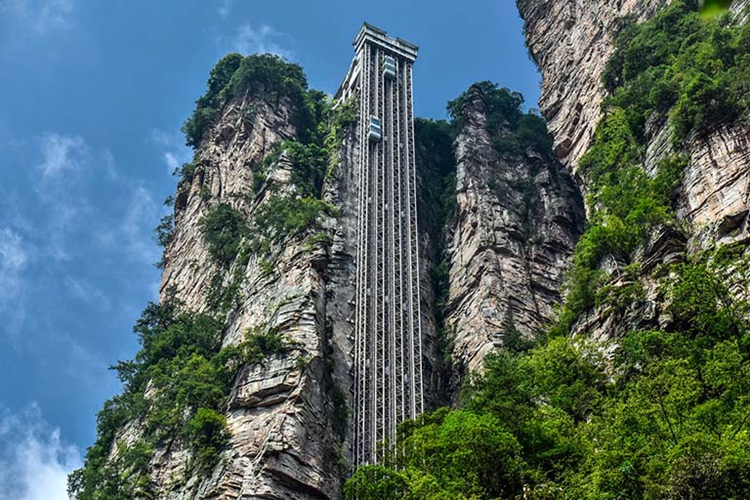
Despite the controversies surrounding its construction, there is no denying that the Bailong Elevator provides guests with a fantastic and exceptional experience. Additionally, it offers a wonderful opportunity to take in the area’s natural beauty and boost the local economy.
According to Guinness World Records, Bailong Elevator is the world’s tallest outdoor lift or elevator. The word “Hundred Dragons Elevator” is in the name. The entire building rises 326 meters out of a cliff in Wilingyaun, China. It is literally hewn into the rock face.
At a special Guinness World Records certificate presentation event in 2015, the amazing Bailong Elevator in Hunan, China, received recognition. Amazingly, the building’s upper 171.4 meters are elevated and literally carved onto the quartzite rock face. The lift offers visitors an excellent perspective of the karst monolith rock formations in the region.
A whole minute and a half, more or less, is needed to ascend the building when using the elevator, which has been accessible to the public since May 2002. The weight limit for each elevator vehicle is 4,900 kg or around 50 persons. The elevator transports around 1,380 people an hour per car.
Ending Notes
The world has been marked by the presence of astonishing and bizarre engineering marvels and architectures built by humans. It is not possible to cover many of those since there are many such amazing engineering feats, but this article does cover a few highlighted ones.
If you ever happen to visit the mentioned countries, do try to pay these wonders a visit; I am sure you will be perplexed about their construction and design.
Hope you had fun and were able to learn something you never knew before 😊 .



